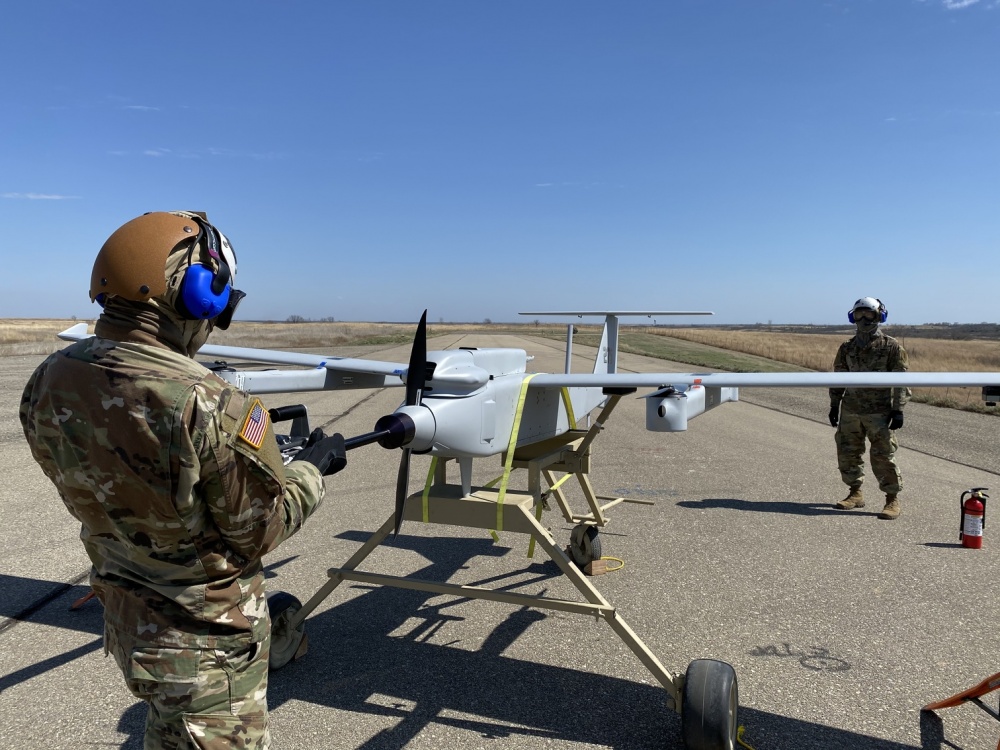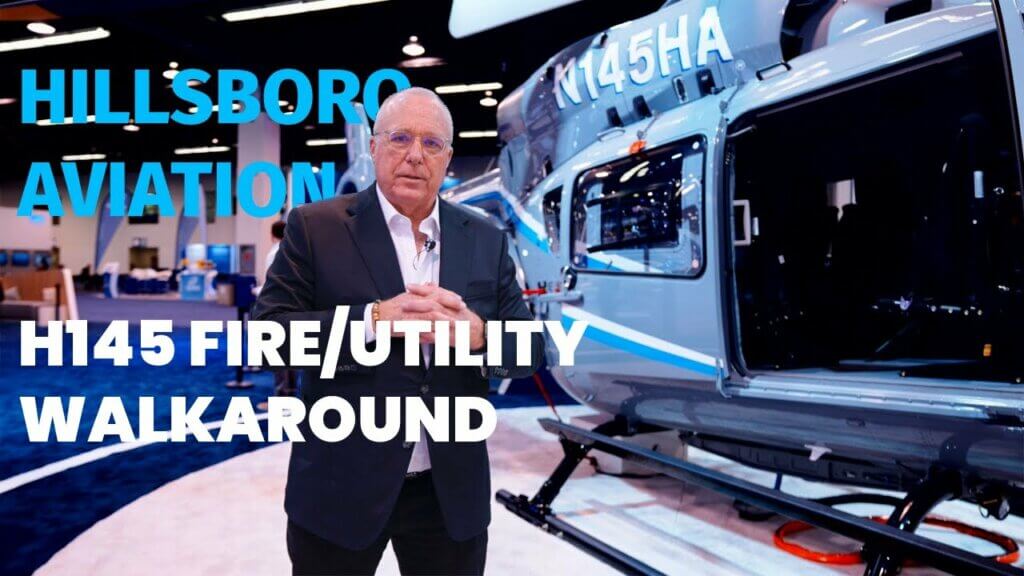By midyear, the U.S. Army should have nailed down what it wants in a replacement for the RQ-7 Shadow drone, with emphasis on vertical takeoff and landing capability that will untether ground combat units from prepared airfields.
Plans are to have the capability development document — an official list of weapon system requirements — for the Future Tactical Unmanned Aerial System (FTUAS) finalized and approved by a board of Army procurement oversight officials by the end of June, according to Col. Joseph Anderson, the Army’s UAS program manager.

“We expect the requirements document for FTUAS to be approved in third quarter [fiscal] 2021, and once we get that we’ll start to send transmissions out to industry,” Anderson told the Vertical Flight Society’s Electric VTOL Symposium on Jan. 26. “The final acquisition strategy has not been approved, but the final plan should be worked out this summer.”
Army brigade combat teams (BCTs) regularly deploy with the RQ-7 Shadow unmanned aerial system for reconnaissance, target acquisition and other tactical missions at the brigade level. But a Shadow system, which includes four aircraft with 14-foot wingspan, requires a Humvee-hauled launcher and arresting equipment and more than 20 soldiers to operate, which was bogging down maneuver units in the field, Anderson said.
Several years ago, the Army began receiving operational needs statements from airborne and infantry divisions laying out a requirement for an unmanned aerial system that did not require a prepared runway and was more easily transportable than the Shadow and its attendant systems, Anderson said.
“The number one requirement is vertical takeoff, runway independence,” Anderson said. “After that is the transportability, the size.”
Where Shadow requires a C-17 for transport, the Army wants FTUAS to fit on a CH-47 Chinook, so that neither the drone system nor its battlefield transport requires a runway. Shadow has a 68-mile (109-kilometer) range, which the Army wants to match or improve upon with FTUAS.
“With the Shadow, it takes multiple C-17s, to get into theater, and then once you put shadow on the ground . . . you don’t want to move it just because of what it entails to move it on the battlefield,” Anderson said. “It fixes that BCT to that location and just doesn’t allow them adaptability in a future battlefield. We need the six-plus hour endurance in that same operational range. But we need to be able to set it up quicker. Shadow was taking way too long to set up and employ.”
Four companies are competing to build FTUAS under a $100 million program associated with the larger Future Vertical Lift (FVL) effort to replace all the service’s rotorcraft with speedier, state-of-the-art aircraft.
Under a process termed “buy, try and inform,” the Army likely will proceed with more than one system, bought in small batches. Feedback from equipped units will inform future rounds of buying and trying, eventually establishing an iterative process aimed at keeping relevant technologies in soldiers’ hands, Anderson said.
Five BCTs so far have fielded drone systems from four companies —Arcturus UAV of Rohnert Park, California; Ashburn, Virginia-based L3 Technologies; Textron subsidiary AAI Corp., which builds the RQ-7 Shadow; and Martin UAV — to compete for each order of the firm-fixed-price procurement contract running through 2022, with a $99.5 million ceiling cap for the award.
The final demonstration of those systems is winding down, Anderson said.
“What we’re contemplating is to buy smaller numbers of these systems and build them,” he said. “I think as a PM, you want as much flexibility as you can have and delivering capability. I think the days of, you know, saying, ‘Hey, here’s the final solution, go buy all of that, build it,’ are behind us. Because as you know, by the time that you field the last of that capability over several years, it’s almost obsolete.”
“I like the idea of getting small increments out to the Army, getting feedback from soldiers and then coming back to industry,” Anderson added. “That allows industry to participate better, gives you more opportunity to participate, and doesn’t fix the army to a position one of a single solution.”
FTUAS eventually will operate in tandem — and likely be controlled by — other FVL vehicles like the Future Attack Reconnaissance Aircraft (FARA). The Army also wants its new scout drone to be an “Air Launched Effect,” or ALE, meaning it should be deployable from a helicopter mid-air.








